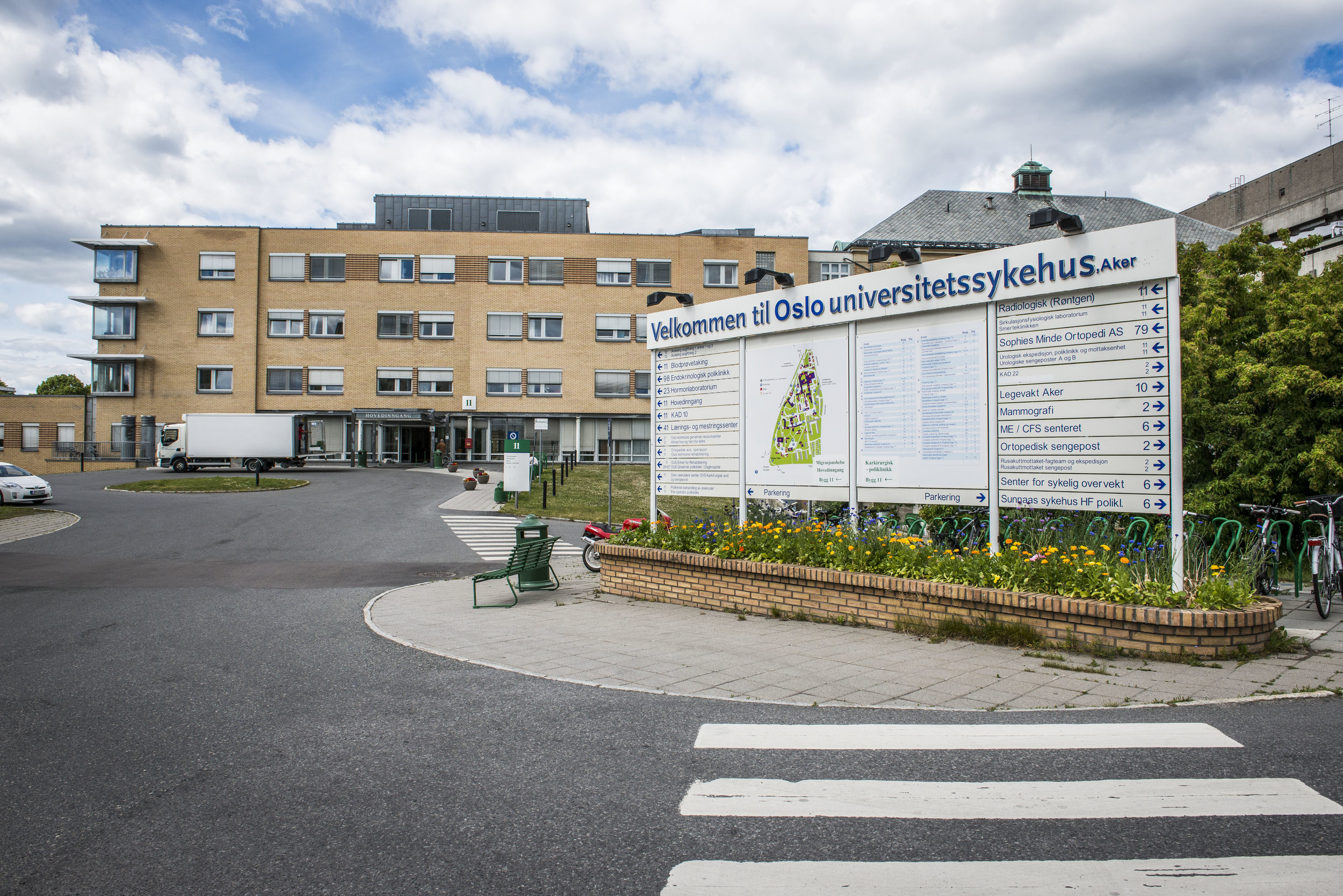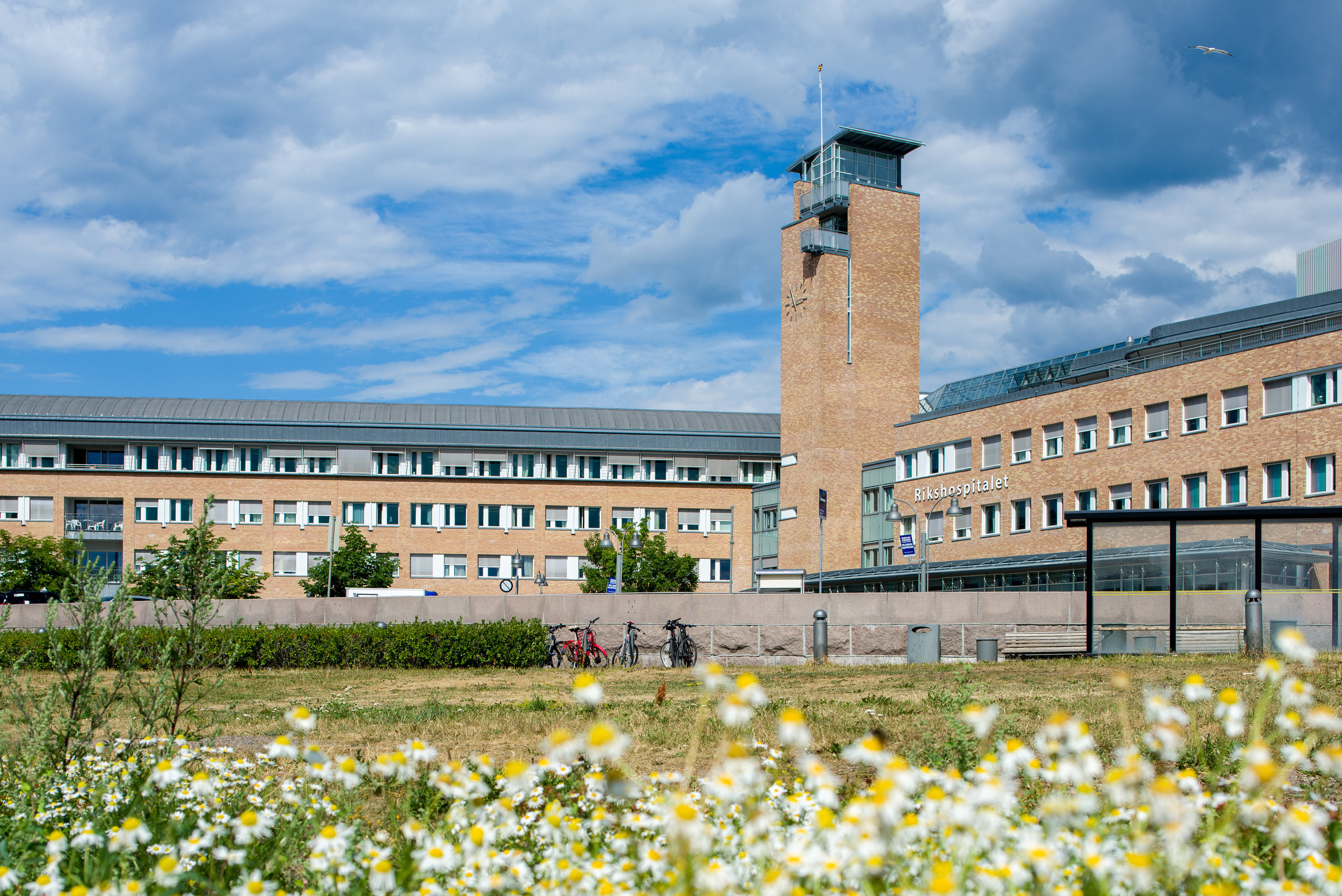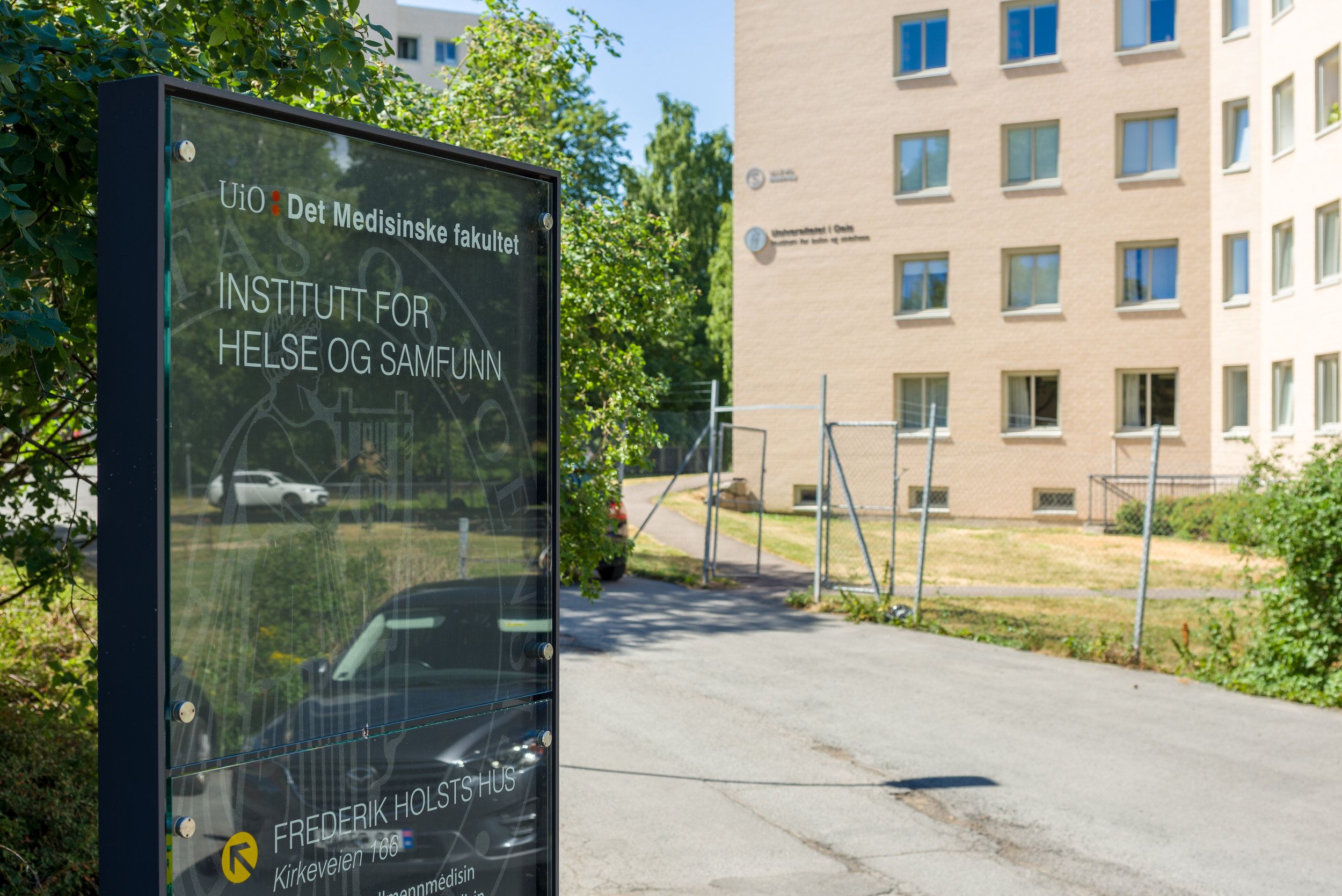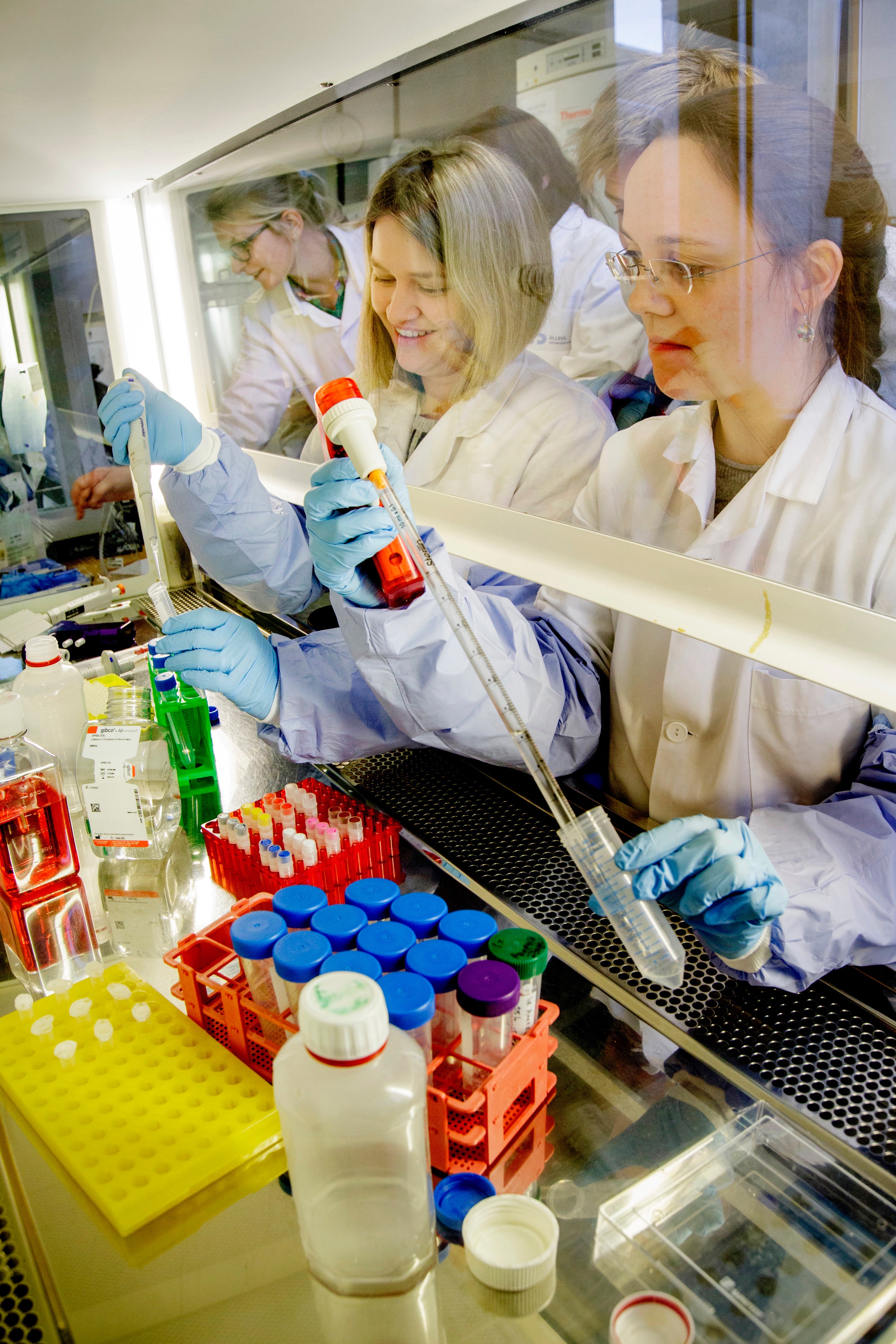











Photos: Øystein Horgmo, UiO and NIPH
Oslo Diabetes Research Centre unites diabetes research within Oslo University Hospital, the University of Oslo and the Norwegian Institute of Public Health.
Sindre Lee-Ødegård has been awarded the Rising Award and Fellowship for 2025 by the European Association for the Study of Diabetes (EASD).
At the upcoming SSSD conference, Professor Knut Dahl-Jørgensen will receive the Novo Nordisk Foundation Nordic Diabetes Prize, among several other awards recognizing excellence in diabetes research. He will present a lecture titled “Virus as cause of type 1 diabetes.”.
Danish Diabetes and Endocrine Academy (DDEA) invites applications for a variety of funding opportunities, including PhD scholarships and postdoctoral fellowships, focusing on diabetes, metabolism, and endocrinology research.
Oslo University Hospital (OUS) has announced the recipients of its award for exceptional original articles published in the autumn of 2024. This honour includes a cash prize of 50,000 NOK for the winning research group, which can be utilized for unrestricted research purposes in 2025.
Jens Petter Berg, a Professor of Clinical Biochemistry and a member of the ODRC steering committee, has been elected as UiO’s Vice-Rector with a special responsibility for Life Sciences and Health.
Kjersti Skjold Rønningen passed away unexpectedly on Friday, March 21, 2025, at the age of 66. Lars Christian Stene has written this memorial tribute about her.
At the general ass embly of the Oslo Diabetes Research Center on March 20, 2025, held at the Green Auditorium, Ullevål Hospital, Lars Christian Mørch Stene was elected as the new leader of the centre.
The Dam Foundation, one of Norway's largest health-focused charities, is offering substantial funding for diabetes research through the Norwegian Diabetes Association. Researchers can apply for up to NOK 1,500,000 via the Dam Development program and up to NOK 3,000,000 through the Dam Research program.
Explore the inspiring journey and groundbreaking research of Knut Dahl-Jørgensen, who has dedicated over 20 years to uncovering viruses as a cause of type 1 diabetes.
A study, published in The Lancet Diabetes & Endocrinology in November 2024, presents findings from a longitudinal analysis of more than 100,000 children with type 1 diabetes, using data from eight national and one international pediatric diabetes registries. Covering the period from 2013 to 2022, the study focuses on changes in HbA1c levels, treatment regimens, and acute complications, highlighting the positive impact of advancements in diabetes technology.
Upcoming events
The Faculty of Medicine is hosting the NorDoc Summer School for PhD candidates this year – a unique opportunity for our candidates to present their own research (poster) and participate in workshops, panels, and discussions over two exciting and inspiring days together with colleagues from across the Nordic region.
The annual meeting in Oslo, scheduled for August 21st to 23rd, promises an engaging program for all attendees.




















